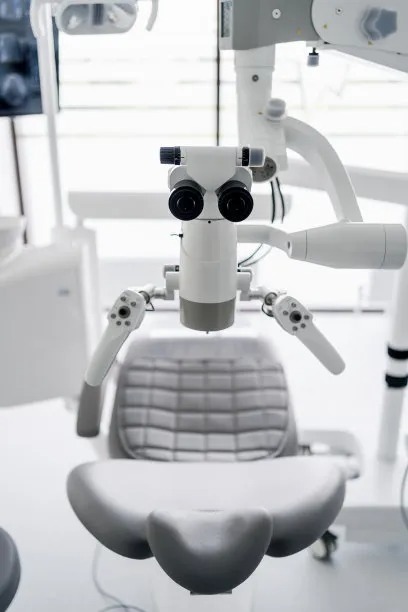Extracting a Tooth Understanding the Procedure Benefits Recovery Tips and Aftercare for a Smooth Experience
Summary: Extracting a tooth is a common dental procedure necessitated by various reasons, such as decay, disease, or crowding. This article explores the understanding of the extraction process, the benefits it provides, the recovery expectations, and essential aftercare tips for a smooth experience. With a breakdown of procedures and the importance of following care guidelines, readers will be well-prepared for tooth extraction and fully aware of the benefits and process involved. The insights offered here aim to empower individuals to approach the extraction experience with confidence, transforming what can be a daunting procedure into a manageable one.
1. Understanding the Tooth Extraction Procedure

Tooth extraction typically begins with a thorough examination of the individual to understand the nature of the dental issue. Dentists utilize X-rays to visualize the tooths position and the surrounding bone structure, which helps in planning a safe extraction. Depending on the tooths condition, the extraction can be classified as simple or surgical.
A simple extraction is performed on visible teeth and is relatively straightforward. After administering local anesthesia, the dentist loosens the tooth with an elevator and removes it with forceps. In contrast, surgical extractions might be required for teeth that are broken or not fully erupted, necessitating incisions in the gums for access.
Throughout the procedure, dentists prioritize patient comfort, often explaining each step of the process. This transparent approach helps allay anxieties and ensures that patients feel more engaged and informed about their treatment.
2. The Benefits of Tooth Extraction
Tooth extraction can prevent further dental complications, especially in cases of decay or infection. Removing infected or damaged teeth helps alleviate pain, prevent the spread of infection to other teeth or even the jawbone, and allow for better oral health overall. This is particularly vital for individuals who have severe gum disease, as extraction can be a necessary step in restoring mouth health.
Another significant benefit of tooth extraction is the improvement in oral function. For individuals with overcrowded teeth, extraction creates space for proper alignment, allowing for a more functional bite. This improved dental symmetry can enhance chewing efficiency and overall oral comfort.
Additionally, some individuals may require extractions to facilitate orthodontic treatment. Removing specific teeth can provide space for remaining teeth to shift into their correct positions, making future dental work significantly more successful and effective.
3. Recovery Process After Tooth Extraction
Recovery after a tooth extraction varies from person to person but generally includes a few common stages. Initially, patients may experience swelling and discomfort, which can be managed with prescribed or over-the-counter pain medications. Applying ice packs to the face intermittently can help reduce swelling and numb the area.
Its crucial for patients to follow post-operative instructions closely to facilitate recovery. Resting for the first 24 hours is vital, and activities that could disrupt the healing process, such as vigorous exercise or bending over, should be avoided. Patients are also advised to keep their heads elevated to minimize swelling and encourage proper healing.
As healing progresses, patients must be vigilant about food choices. Starting with soft foods and gradually advancing to a normal diet can help prevent irritation at the extraction site. Additionally, maintaining oral hygiene is essential; however, patients should avoid rinsing their mouths vigorously for several days to protect the blood clot from dislodging.
4. Essential Aftercare Tips for a Smooth Experience
After-care plays a significant role in the recovery process and can significantly influence the outcome following tooth extraction. Keeping the mouth clean is crucial—patients should gently rinse with warm salt water after the first 24 hours to promote healing and alleviate discomfort. It’s important to avoid using straws, which can create suction and dislodge the blood clot, potentially leading to dry socket—a painful condition.
Monitoring for complications is another vital component of aftercare. Patients should be aware of excessive bleeding, severe pain, or signs of infection such as pus or fever. If any concerning symptoms occur, it is vital to contact a healthcare provider promptly.
Lastly, maintaining follow-up appointments is essential for ensuring proper healing. Dentists typically perform checks to verify that the extraction site is healing appropriately and to address any lingering concerns that may arise post-procedure.
Summary:
Extracting a tooth is a significant dental procedure, yet with a proper understanding of the process, benefits, recovery, and aftercare, patients can navigate it successfully. A careful approach to extraction not only relieves immediate dental issues but also contributes significantly to long-term oral health and functionality.
This article is compiled by Vickong Dental and the content is for reference only.


